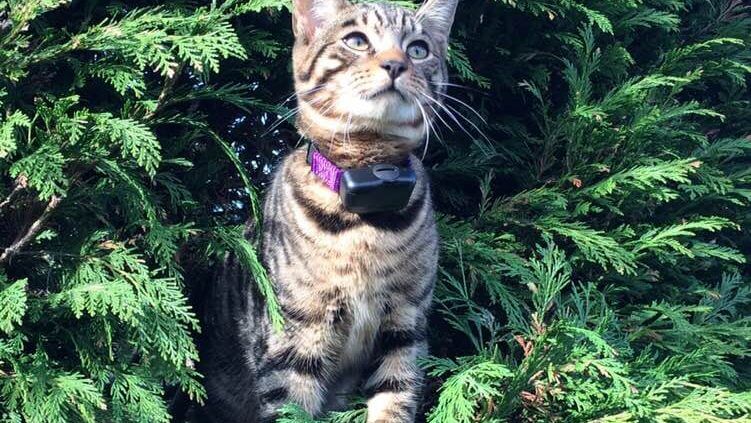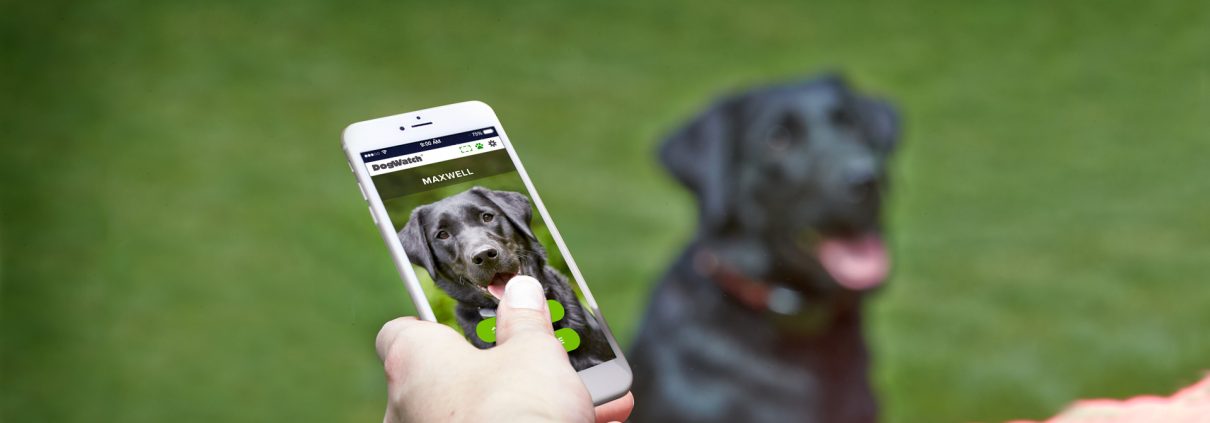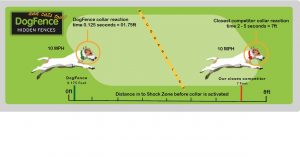Keep Cats Safe Outdoors with DogFence | Trusted Containment Systems
Keep Cats Safe Outdoors — Why More Owners Are Choosing DogFence
Want to keep cats safe outdoors without compromising their freedom? DogFence offers a proven, gentle solution that works. When we talk about ways to contain cats safely, most people don’t think of an electronic pet fence. But here’s the reality: our system isn’t just for dogs — it’s a lifesaving solution for cats, too.
We’ve been helping owners answer that important question “How do I keep for cat safe outdoors?” With over 22 years of protecting pets, DogFence has transformed outdoor freedom for cats across the UK and given peace of mind to owners and freedom to cats.
The Hard Truth: 50% of Cats Under 5 Die on UK Roads
Nearly half of all cats under five in the UK are killed by cars. Even the smartest, most cautious cat can’t always avoid traffic.
Keeping them indoors might seem like the only way to keep cats safe outdoors, but cats crave stimulation and adventure. Our system offers the best of both worlds: safe outdoor freedom without the danger.

“Relaxed and safe — enjoying the garden thanks to DogFence, the trusted way to achieve outdoor cat safety.”
How Our Cat Containment System Works
So, how does it work to keep cats safe outdoors?
- A thin boundary wire is discreetly buried around your garden or space.
- The wire emits a harmless radio signal picked up by your cat’s lightweight collar.
- Approaching the boundary triggers a warning beep — a gentle reminder to stop.
- If ignored, a soft static pulse encourages them to turn back.
- After training, they learn exactly where they can safely roam.
Thanks to advanced technology, our collars are now the smallest and lightest in the world, perfect for delicate cats. Want to learn more – read our Cat Fence page here:
Training: Keep Cats Safe Outdoors with Gentle, Personalised Support
Training is key when you want to keep cats safe outdoors confidently.
Cats start indoors with our mobile indoor training devices. Once they understand — beep + flag = retreat — they move to supervised garden sessions. The same flags reinforce the boundary, helping them connect cues to safety.
Cats are highly intelligent, often learning faster than large dogs. Each cat receives a personalised training approach.
Our collars can be individually adjusted and include a light alert that shows if your cat has activated it within 24 hours — helping you monitor the outdoor safety for your cat long-term.

Training flags help teach cats safe boundaries in the garden — a vital step to keep cats safe outdoors with DogFence
Backed by Science: Feline Friends & Prof. Daniel Mills
In 2016, Feline Friends partnered with the University of Lincoln to study cat containment systems. Results showed no long-term welfare issues and cats were often more confident and relaxed than free-roaming cats.
Vet behaviourist Professor Daniel Mills supported these systems, noting they reduce road risks while allowing cats to enjoy safe outdoor freedom.
Supported in Parliament — Even with Poetry!
In August 2018, the UK Government discussed pet containment. Michael Gove and John Hayes defended these systems, even quoting T. S. Eliot’s Old Possum’s Book of Practical Cats to highlight cats’ spirit and why they deserve safety outdoors.
Their support helped ensure these systems were excluded from the EPTA ban, letting cats enjoy safe adventures.
Why Cat Owners Love DogFence to Keep Cats Safe Outdoors
- Peace of mind knowing your cat stays away from roads.
- Freedom to explore, reducing indoor stress.
- Lightweight collars, comfortable and discreet.
- Comfort Contacts for shorter haired cats.
- No ugly fencing — your garden stays beautiful.
Since introducing ultra-light collars, more owners choose DogFence to keep cats safe outdoors. We’ve seen countless transformations and happy stories.

The ultra-lightweight DogFence collar with comfort contacts — designed to keep cats safe outdoors comfortably
Real Stories, Real Results
“Our adventurous tabby used to disappear for days — we constantly feared the worst. Now she happily patrols the garden, safe and sound. It’s life-changing.” — Jane, Oxfordshire.
“I can finally relax knowing my cat is enjoying the garden and won’t run into the road. Thank you, DogFence!” — David, Sussex.
Why Choose DogFence?
- Over 22 years of proven success.
- Specialist training and support tailored to each cat.
- The smallest and lightest collars on the market.
- Our Lifetime Containment Promise — we’re with you every step.
Ready to Keep Cats Safe Outdoors and Give Them Freedom?
Let’s chat today!
Your cat deserves adventure — without the risks beyond your garden.






